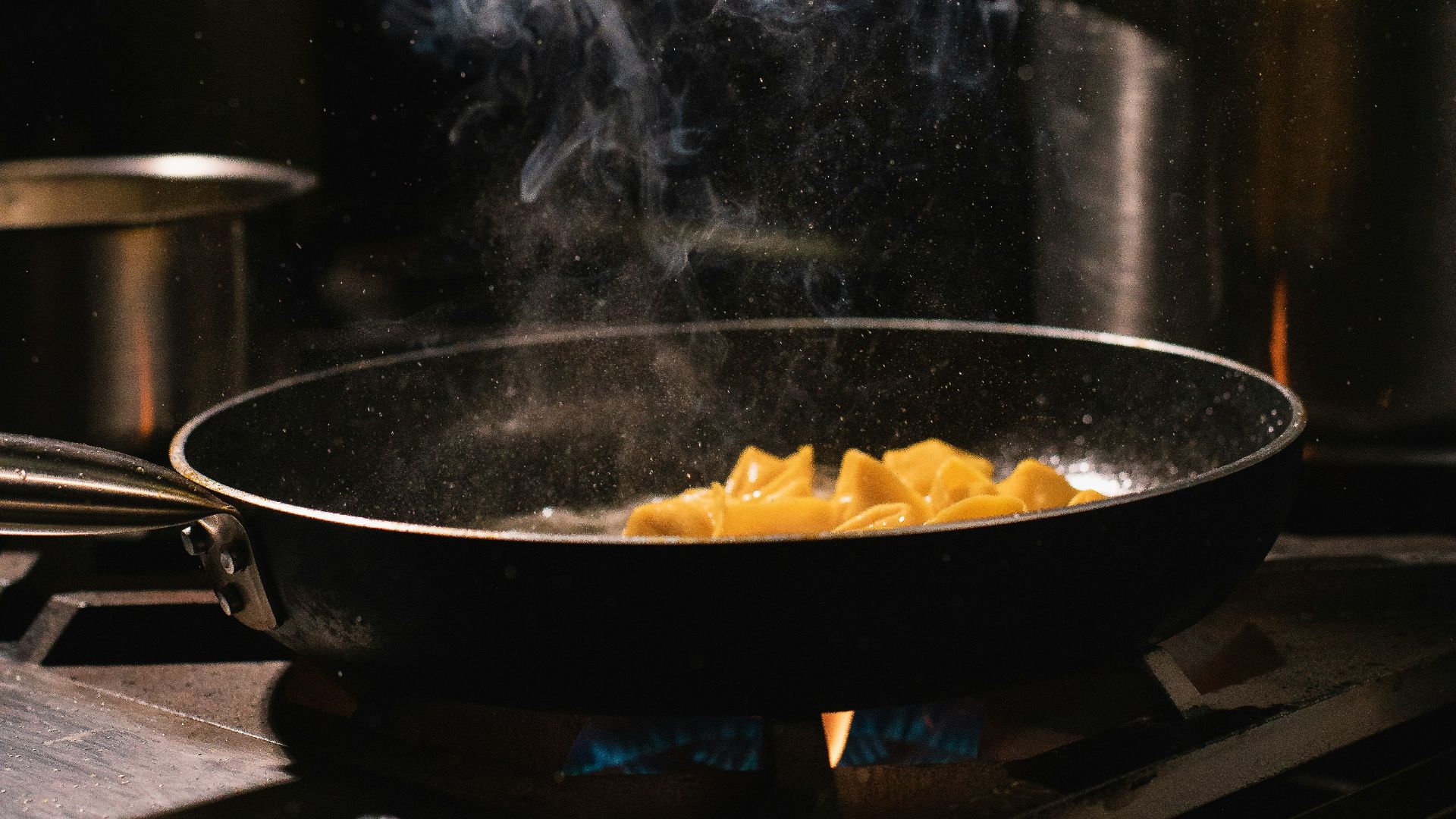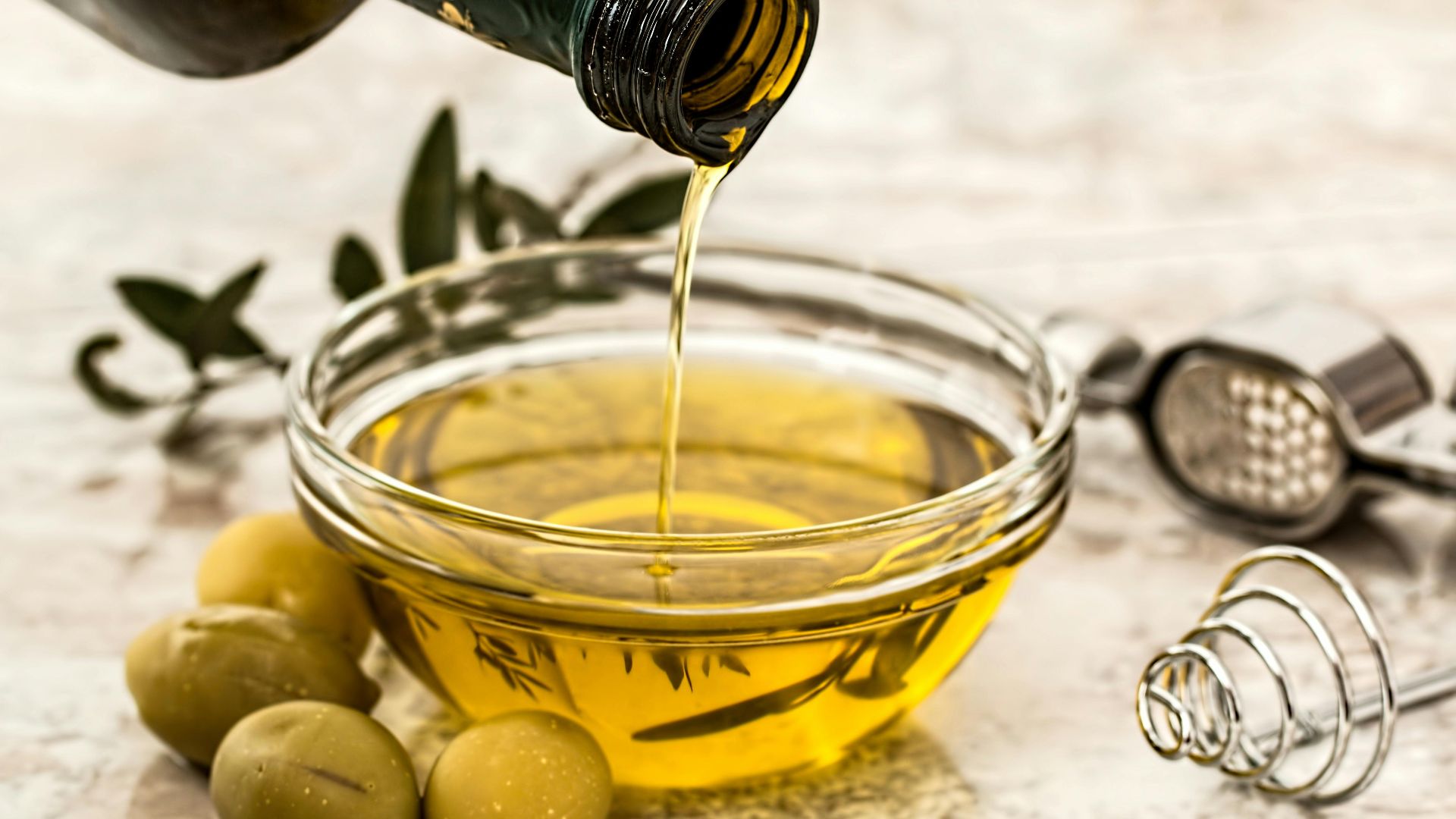Olive Oil Vs. Avocado Oil: The Truth About Smoke Point And Why You Need To Know The Difference
Olive Oil Vs. Avocado Oil: The Truth About Smoke Point And Why You Need To Know The Difference
A bottle of olive oil and a bottle of avocado oil might look similar sitting side by side on your kitchen counter, but when the heat turns up, they behave quite differently.
The thing about oil is that each type has different characteristics when heated. Some do really well at high temperatures, hence suitable for deep frying. Others are not so good at high temperatures because they break down and essentially burn.
With choosing what to use, you have to at least understand the science behind it so you can use the oil safely to get the most from your cooking. Read on to find out how the smoke points of both olive and avocado oils change.
What Is Smoke Point And Why Does It Matter?
The smoke point is the temperature at which an oil starts to break down and release compounds that can impact flavor and possibly health. Once you see oil smoking, just know you have just passed the smoke point.
When an oil exceeds its smoke point, the fats begin to oxidize, the taste may turn harsh, and beneficial nutrients can degrade. Essentially, the wrong oil at the wrong heat can reduce dish quality and value.
How Olive Oil And Avocado Oil Differ In Cooking
Extra-virgin olive oil typically has a smoke point around 375 °F (191 °C), though that figure can vary with quality and freshness. Refined or “light” olive oil versions raise the smoke point somewhat, but still sit markedly below the highest heat ranges.
By contrast, avocado oil (especially the refined varieties) has a smoke point of around 500 °F (260 °C) or higher.
Put simply: if you’re roasting at high heat, searing a steak or air-frying vegetables, avocado oil gives you more headroom. If you’re dressing a salad, sautéing gently or dripping flavor over bread, olive oil brings its signature taste and grace.
Which Oil Should You Use When—And Why
Use olive oil when you want flavor to shine: drizzling over a dish or cooking at moderate heat. Its taste—rich, sometimes peppery—adds character. Also, it’s deeply studied for heart-health benefits as part of a Mediterranean-style diet.
Use avocado oil when you’re working with higher heat: grilling, roasting, or stir-frying. Its higher smoke point makes it more stable under those conditions, and its neutral taste keeps the flavors of your food front and center.
Note that quality matters: even the best oil loses effectiveness if it’s old or stored improperly. And price might be higher for avocado oil—but that cost may be worth it when heat tolerance is critical.
Final Take For Your Kitchen
If you’re working in your kitchen with modest heat—pan-searing chicken or sautéing veggies—olive oil is a smart pick, flavorful and health-friendly. But when you’re turning up the heat—roasting, frying or grilling—switching to avocado oil gives you performance and peace of mind.
Choosing the right oil for the task means better taste, better texture and better value. Keep both kinds on hand—and cook like you know exactly what you’re doing.
KEEP ON READING

The Most Popular Chocolate Bars in the USA

The Most Popular Candies in the USA







